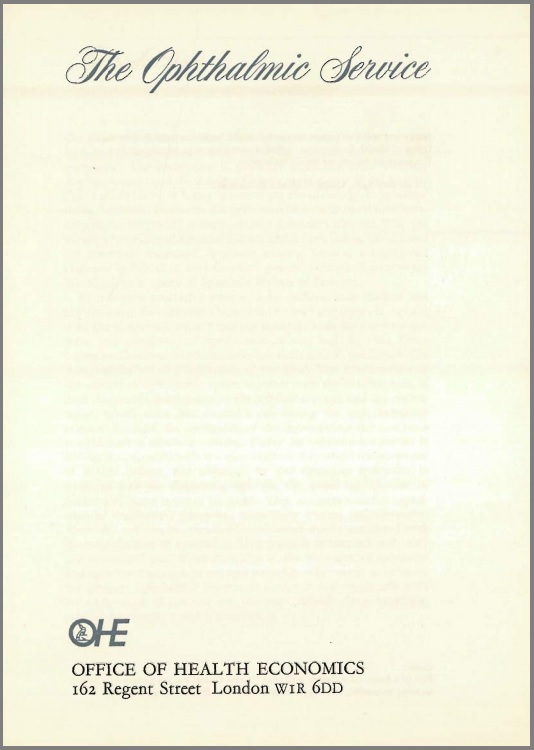Sign up to our newsletter Subscribe
Challenges and Solutions for Budget Impact Analysis of Gene Therapies

inscription, ‘Here lies Salvino Armato, the inventor of spectacles’. The inscription is probably inaccurate since both the Ancient Greeks and the Ancient Chinese were aware of the properties of crude forms of lenses in correcting visual defects. In medieval times, however, spectacles did…
inscription, ‘Here lies Salvino Armato, the inventor of spectacles’. The inscription is probably inaccurate since both the Ancient Greeks and the Ancient Chinese were aware of the properties of crude forms of lenses in correcting visual defects. In medieval times, however, spectacles did first come in to use around the beginning of the fourteenth Century, during Armarto’s lifetime. With the advent of printing and greater literacy in the population, the demand for spectacles increased. Spectacle making became a recognised craft and in Britain in 1629 Charles I granted a Royal Charter to the Worshipful Company of Spectacle Makers of London.
At this time spectacles were sold by pedlars, haberdashers and jewellers and the customer chose them by trial and error. It was not until the nineteenth Century that the scientific basis for the measurement and correction of optical defects was laid. In 1864 Franz Cornelius Donders, ‘the father of Ophthalmic optics’, published ‘The Accommodation and Refraction of the Eye’. The development of the science of Ophthalmic optics together with the development of such diagnostic instruments as the ophthalmoscope and the retino-scope, which came in to common use during the early twentieth Century, heralded the emergence of the sight-testing optician from the old craft of spectacle making. Today the Ophthalmic optician in Britain is concerned with the examination of eyes and measurement of optical defects, and although he also dispenses spectacles in common with the dispensing optician, the actual manufacture of frames and lenses is out of his hands. This contrasts with the experience of continental countries, particularly France and Germany. There the optician has remained much more closely associated with the manufacture of spectacles. This paper is concerned with only one specialised part of eye care, that is, the provision of spectacles and associated services of the type available either under or through the General Ophthalmic Service. It does not deal specifically with the wide range of medical eye services available from hospitals, general practitioner and school clinics.
Ophthalmic Service
